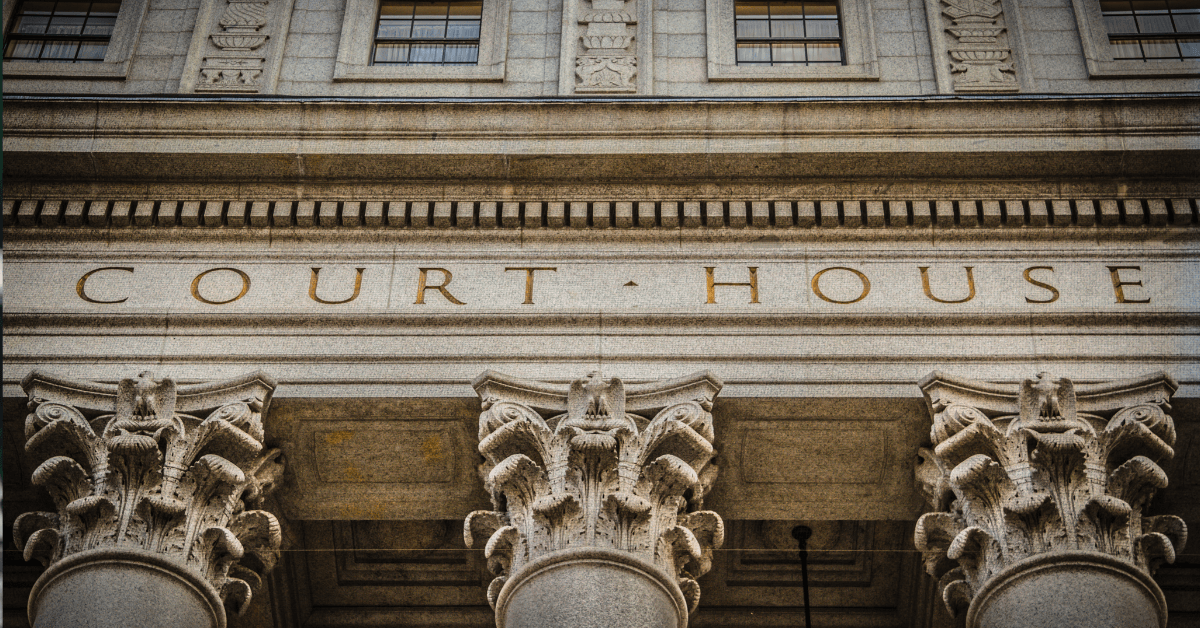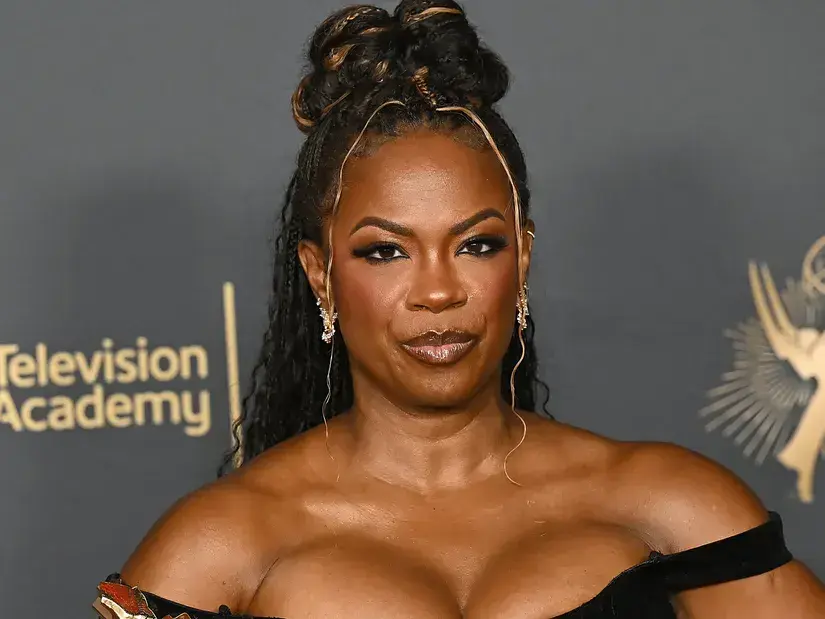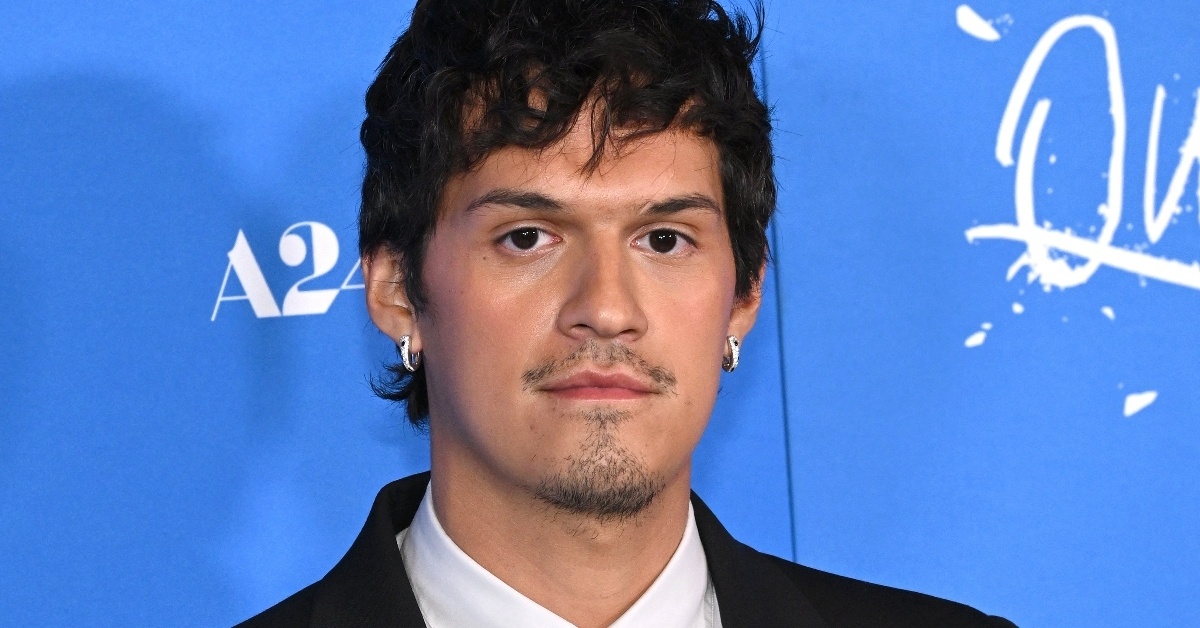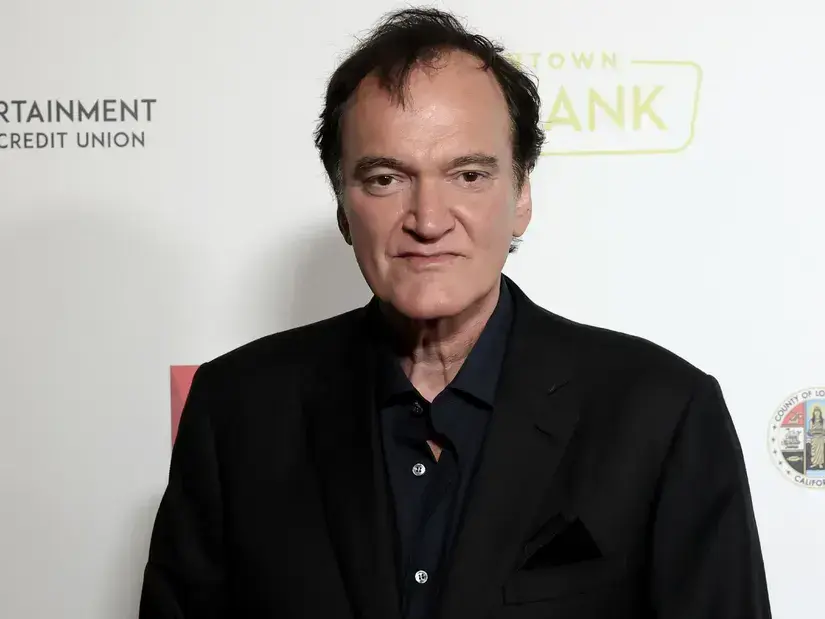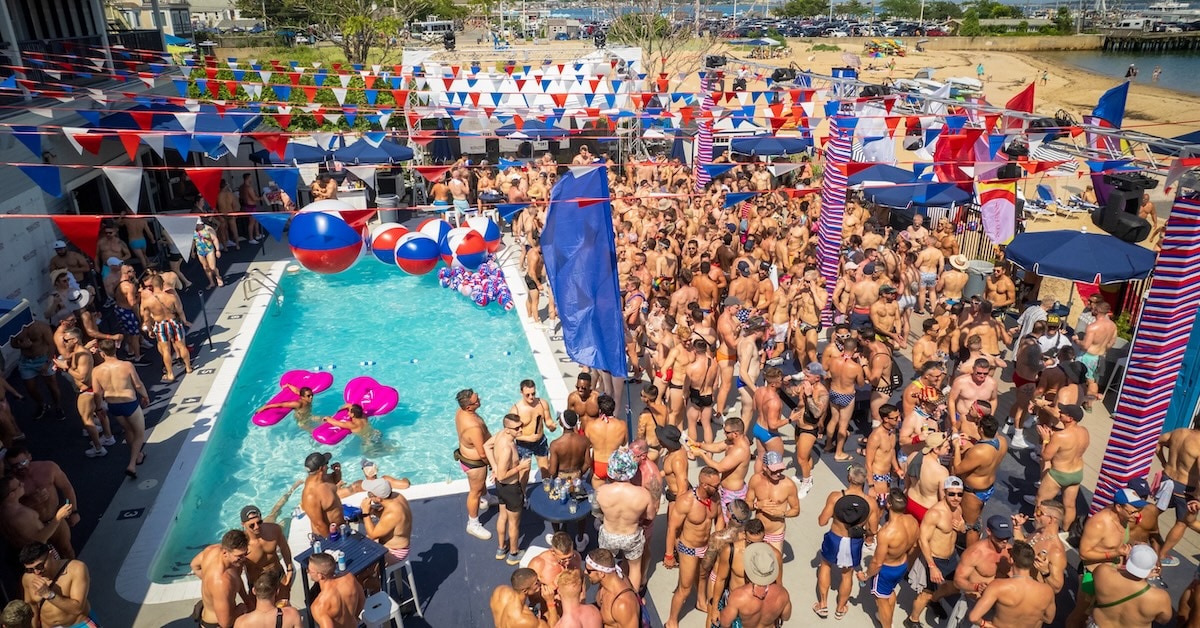BY: Walker
Published 3 years ago

Challenges to President Biden’s student debt relief plan have made it to the highest court in the land.
via: CNN
When the Biden administration goes before the Supreme Court Tuesday to defend the program, which would offer up to $20,000 of federal student debt forgiveness to millions of qualified borrowers, they’ll be making their arguments to a small group of jurists who are far from being representative of the borrowers that could benefit from the relief.
The justices’ salaries alone set them apart from most of the country: Chief Justice John Roberts will make $298,500 in 2023, while each of the associate justices will bring in $274,200 this year for their service. That doesn’t include any revenue from outside sources, like book deals.
The court is also comprised of some of the nation’s brightest legal minds from a small number of prestigious schools, yet another factor that underscores their distance from the borrowers who could benefit from the debt relief assistance. Most of its current members attended one of two Ivy League law schools: Harvard and Yale.
Roberts, along with Justices Ketanji Brown Jackson, Neil Gorsuch and Elena Kagan all attended Harvard Law School. Justices Sonia Sotomayor, Clarence Thomas, Samuel Alito and Brett Kavanaugh went to Yale Law School. The only current justice who is not part of the Ivy club is Amy Coney Barrett, who received her law degree from Notre Dame.
Some of the justices had financial assistance to help them attend school: Thomas received a scholarship from Holy Cross College to pay for his undergraduate degree there, while Sotomayor attended Princeton University and Yale Law School on scholarships. And they have come from different backgrounds with different politics. Thomas, for instance, grew up in poverty in Pin Point, Georgia, and is the court’s leading conservative justice.
And to be sure, students who took out federal loans for undergraduate programs at private schools could be eligible for the relief. In fact, those students took out more debt than their public school counterparts in recent years and at slightly higher rates, according to data from the College Board.
The relief is designed to aid borrowers who are at highest risk of delinquency or default. Once debt cancellation begins, the plan could offer up to $10,000 in student loan debt relief to eligible borrowers making less than $125,000 ($250,000 per household). In addition, borrowers who received a Pell Grant can receive up to $20,000 in relief.

